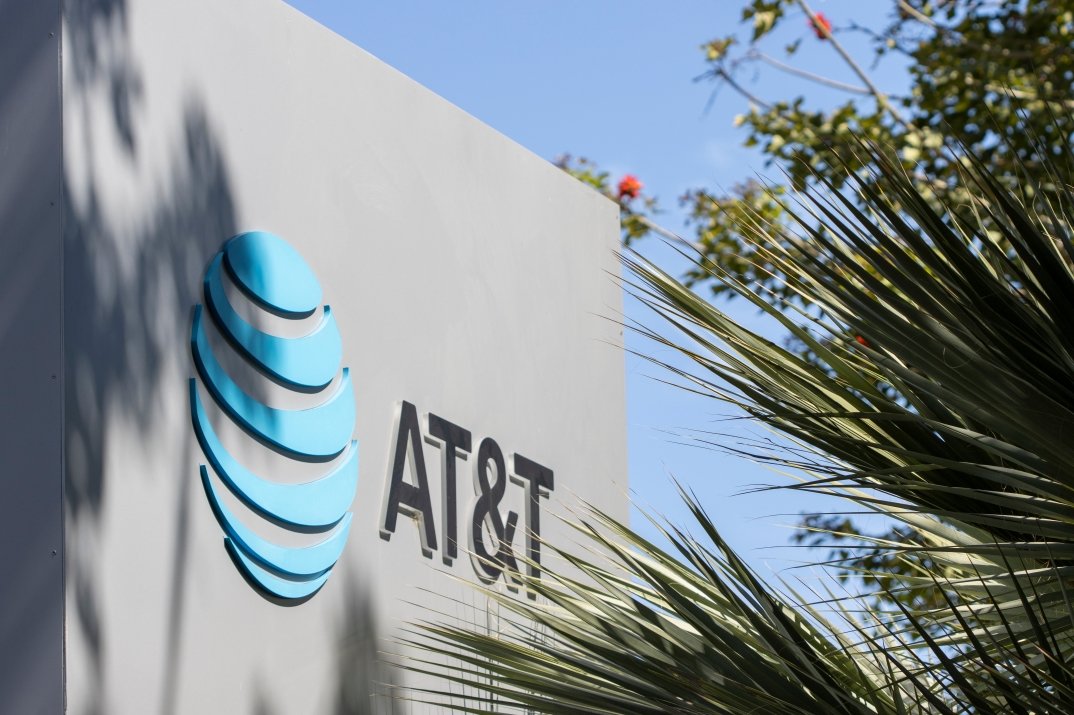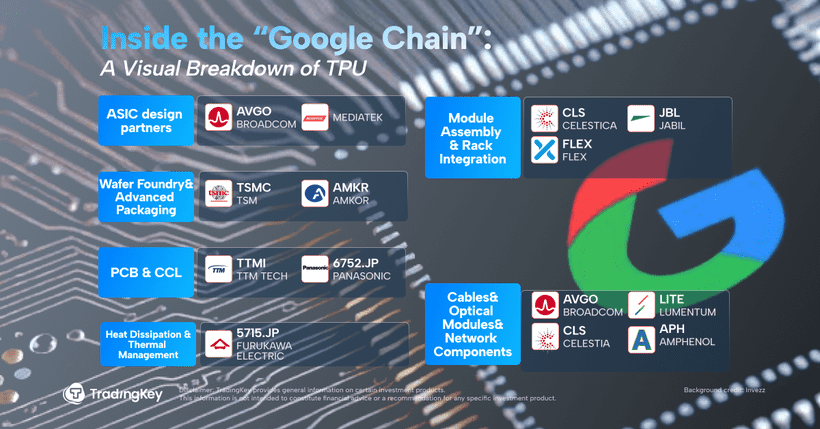AT&T: Powering the AI Economy with Fiber and 5G Connectivity


Investment Thesis
AT&T Inc. (NYSE: T) is a leading telecom company focused on 5G wireless, fiber broadband, and enterprise services after exiting media businesses in 2022. Its fiber network drives strong broadband growth to meet rising demand from AI and cloud services. Bundling fiber with wireless improves retention and revenue, giving AT&T an edge over competitors. With cost controls and a 4% dividend yield, AT&T offers steady growth and income, valued between $37 and $53 per share.

Source: Tradingview
Financials — Quarterly Highlights (Q1 2025)
AT&T’s Q1 2025 results reflect steady operational execution and ongoing transformation, with resilient wireless and fiber performance offsetting legacy declines:
· Revenue Growth: Total revenue was $30.6 billion, up 2% YoY, driven by wireless service and fiber broadband growth.
· Earnings: EPS was $0.61, up from $0.47 in the prior year’s quarter.
· Margins: Gross margin improved to 60%, operating margin improved to 22% and profit margin improved to 14% from Q4 2024.
· Dividend & Buyback: AT&T maintains a quarterly dividend of $0.2775 per share, with a current yield near 4%. The company has not reported share buybacks recently, prioritizing debt reduction.
· Debt: Net debt stood at $128.6 billion, with a net debt-to-adjusted EBITDA ratio of 3.1x. The company targets a reduction to below 3x by year-end, supported by strong free cash flow of $3.1 billion in the quarter.
Company Overview
AT&T traces its origins to 1877 when Alexander Graham Bell founded the Bell Telephone Company. Today, it is a leading U.S. telecom provider serving tens of millions of postpaid and prepaid wireless customers. To meet growing demand for fast internet, AT&T is expanding its fiber network, which supports AI, cloud computing, and streaming. The company also runs one of the largest 5G wireless networks in the country. For businesses and governments, AT&T offers advanced services like cybersecurity and Internet of Things (IoT).
After selling its media businesses, including WarnerMedia and DirecTV, AT&T now focuses fully on telecommunications. By investing in fiber and 5G, it aims to be a key player in America’s digital future.
Competitor Analysis
AT&T faces strong competition in the U.S. telecom market from Verizon, T-Mobile, and other players in both broadband and wireless.
Broadband Market
AT&T leads U.S. fiber broadband with over 30 million locations and 9.6 million fiber subscribers as of early 2025. About 40% of its fiber customers also use AT&T wireless services. In 2025, AT&T bought Lumen’s consumer fiber business, adding 4 million locations and moving closer to its 60 million target by 2030. Verizon follows with 25 million fiber locations after acquiring Frontier Communications. T-Mobile grows broadband mainly through fixed wireless and a joint venture with Lumos. Satellite internet (Starlink) and local networks add more competition.
.jpg)
Source: Bloomberg, TradingKey
Wireless Market
AT&T ranks third with 118 million wireless subscribers (Q4 2024), behind Verizon and T-Mobile. Verizon leads in network quality and coverage, attracting premium customers. T-Mobile has the largest 5G network and fastest subscriber growth, driven by low prices and promotions. Smaller carriers add pricing pressure but lack scale.
AT&T’s key advantage is bundling wireless and fiber services, which improves customer loyalty and revenue. Verizon’s smaller fiber network limits bundling, while T-Mobile relies more on fixed wireless and lower prices. AT&T’s focus on enterprise clients also strengthens its position. As AT&T expands fiber and bundles services, it aims to close the gap with Verizon and T-Mobile in both broadband and wireless.
Company | Wireless Subscribers | Service Revenue |
Verizon | 146M | $76.9B |
T-Mobile | 129.5M | $66.2B |
AT&T | 117.9M | $65.4B |
Source: As of Q4 2024, Bloomberg
Revenue Breakdown
AT&T’s revenue mainly comes from its Communications segment, which accounts for about 97% of total revenue. This segment includes three key areas:
.jpg)
Source: AT&T, TradingKey
Mobility (Wireless): Makes up roughly 70% of revenue. In Q1 2025, mobility revenue reached $21.6 billion, up 4.7% YoY. AT&T added 324,000 postpaid phone subscribers, with a low churn rate of 0.83%, showing strong customer loyalty. Growth is driven by steady subscriber gains and higher revenue per user, helped by bundling wireless with fiber broadband.31.3%
 (3).jpg)
 (4).jpg)
Source: AT&T, TradingKey
Consumer Wireline (Broadband): about 11.5% of revenue and is AT&T’s fastest growing segment. In Q1 2025, consumer wireline revenue was $3.5 billion, up 5.1% YoY, driven by fiber broadband growth. AT&T added 261,000 fiber subscribers, reaching 9.6 million in total. Fixed wireless service (AT&T Internet Air) added 181,000 customers. Fiber ARPU rose 6.2% to about $72.85, reflecting demand for premium plans. Legacy non-fiber copper broadband continues to decline.
.jpg)
Source: AT&T, TradingKey
Business Wireline: 14.5% of revenue, declining 9.1% in Q1 2025, due to declining legacy services and competitive pricing pressures. This segment includes enterprise connectivity, managed security, and Internet of Things (IoT) services. Still, business services provide steady income and diversify AT&T’s revenue, appealing to high-value clients like governments and corporations.
Growth Potential
AT&T’s growth strategy focuses on rapidly expanding its fiber and 5G networks to meet rising demand driven by AI, cloud computing, and streaming. Fiber’s fast, symmetrical bandwidth is critical for AI workloads and heavy data use. The recent passage of the “One Big Beautiful Bill” Act provides AT&T with valuable tax incentives and access to new midband spectrum, supporting a planned capital expenditure of around $22 billion annually from 2025 to 2027, majority of which is dedicated to fiber and 5G network expansion. AT&T aims to build out a deep midband 5G network covering over 300 million people by the end of 2026, enhancing wireless capacity and coverage.
On the enterprise side, AT&T is expanding its IoT, cybersecurity, and edge computing solutions through strategic partnerships with Microsoft Azure and Google Cloud. Leveraging Microsoft Azure, AT&T is migrating its 5G core network workloads to the cloud to improve network agility and accelerate innovation. Through its alliance with Google Cloud, AT&T delivers Multi-access Edge Compute (MEC) and network edge services that support low-latency applications across industries like manufacturing, healthcare, retail, and smart cities. The U.S. edge computing market is projected to reach $7.2 billion by 2025 and grow rapidly thereafter, driven by nearly 19 billion connected IoT devices worldwide. This collaboration combines AT&T’s 5G and fiber infrastructure with Google Cloud’s AI and analytics capabilities to meet growing enterprise demand for digital transformation, positioning AT&T to offer flexible, immersive, and secure solutions for smart manufacturing, logistics, and urban infrastructure.
Valuation
Our discounted cash flow (DCF) analysis estimates AT&T’s fair value between $37 and $53 per share. This range reflects the company’s stable and growing cash flows from its established wireless and fiber businesses, expected margin improvements driven by operational efficiencies and network upgrades, and the positive impact of ongoing debt reduction and shareholder-friendly capital returns.
Risks
AT&T faces intense competition from T-Mobile, Verizon, cable operators, and fixed wireless providers. Capital-intensive investments may pressure free cash flow if growth slows. Regulatory uncertainties and technological disruption pose ongoing challenges. Execution risk in fiber buildout and legacy network retirements could impact growth and margins.
.png)







